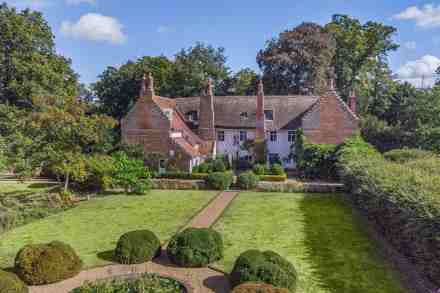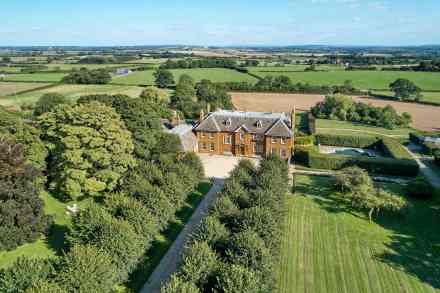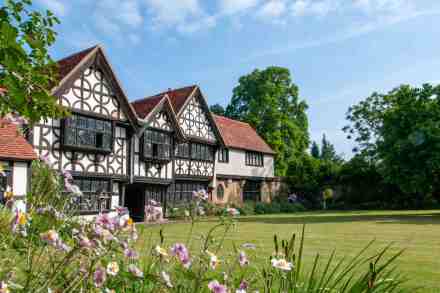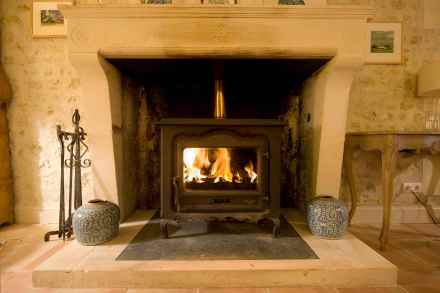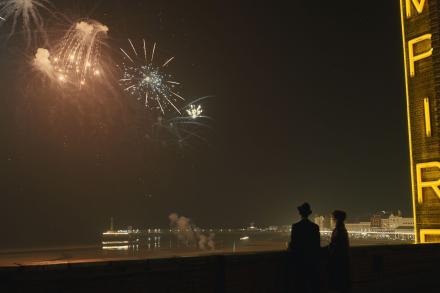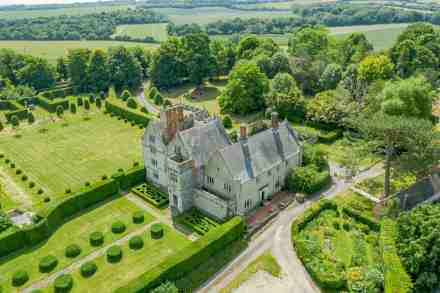How 'DFLs' saved St Leonards
Almost 30 years ago, my journalistic career began in the faded seaside town of St Leonards-on-Sea, where I spent six months undertaking a crash course in shorthand, typing and all the basic skills of local paper reportage. With no previous experience of just how dismal an out-of-season holiday town could be, my spirits were high on the trip down the A21 – an extended coastal sojourn sounded like fun. The reality of St Leonards in the early 1990s brought me back down to earth with a bump. This once splendid Regency resort – created by the team which had designed London’s Bloomsbury and Regent’s Park – was a wasteland. Its white


